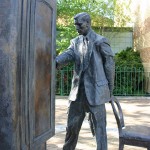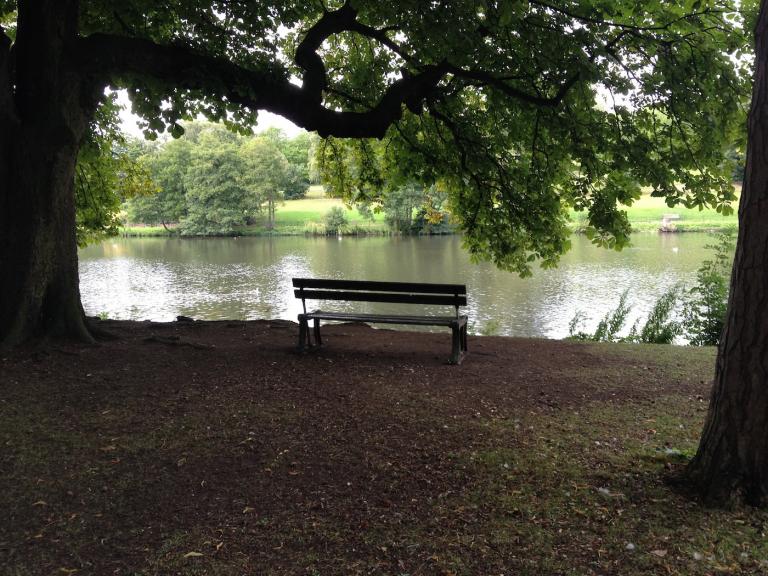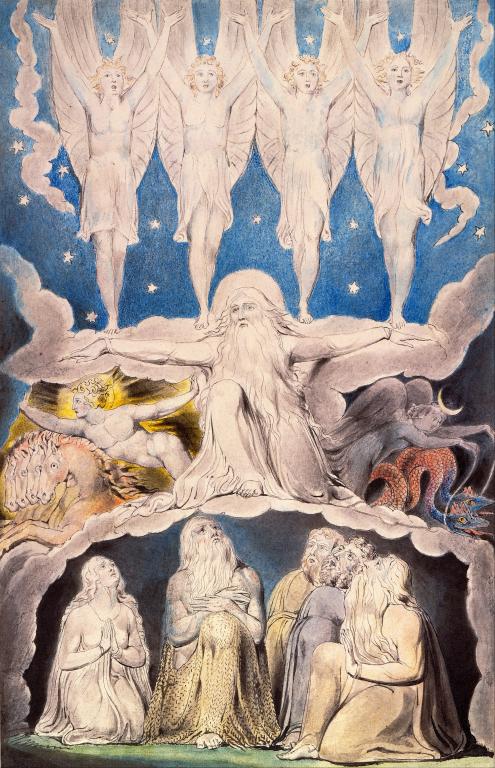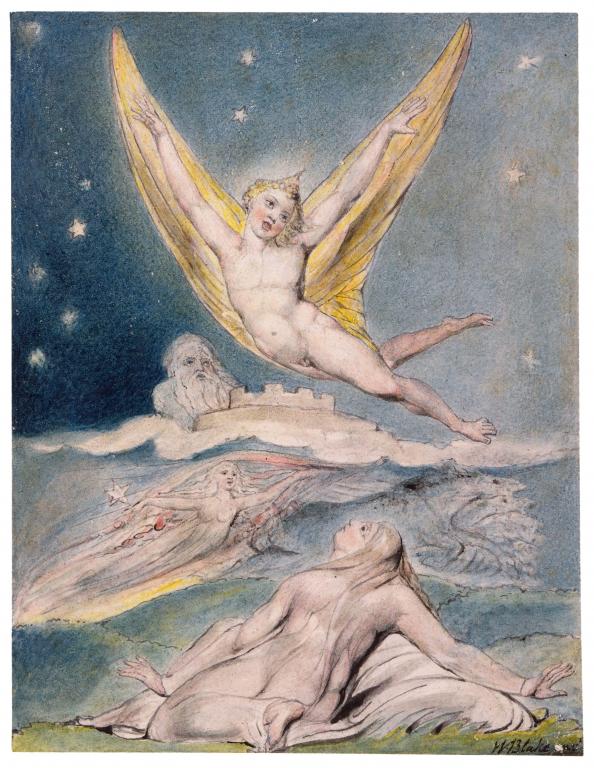David Russell Mosley

Ordinary Time
21 November 2016
The Edge of Elfland
Hudson, New Hampshire
Dear Readers,
Several weeks ago, Sick Pilgrim co-founder, Jessica Mesman Griffith and I exchanged books we’ve written. I sent her, On the Edges of Elfland, and she sent me Love and Salt. Now, to be totally upfront, she didn’t even ask me to review the book, she just shared it with me, but I’ve decided to do a brief review of it anyway.
The full title of this large volume is Love and Salt: A Spiritual Friendship Shared in Letters and it was co-written with Amy Andrews. The book is actually a collection of letters, as the title would suggest. The letters begin in 2005 when Amy had decided to become Catholic and had asked Jess to be her sponsor (the grown-ups version of a godparent, which I must admit, I feel is a bit hard on converts not to get godparents, but I digress). The book is broken up into 5 parts, Conversion, New Life, Loss, Providence, and the Coda. Initially the two women are writing to one another everyday over the course of Lent in 2005. As a writer of handwritten letters myself, I found this practice very intriguing. The letters would obviously become more biographical, more like journal entries you intend to share with a friend, than a back-and-forth conversation. As the book progresses, however, these women realize that maintaining such an intense practice is difficult, and more time passes between letters and they become both more conversational and more biographical, but more on that in a moment.
When I first began the book, I thought it was going to be about the story of Amy’s conversion. We’d see her thoughts as she neared her reception into the Catholic Church and then undergo life with her as a new Catholic. Now, this is what happens. What I did not expect, even with a section entitled, Loss, was what happened. New Life takes on a double meaning as we not only see Amy’s new life as a Catholic, but we listen to Jess as she becomes pregnant. The first half section ends with the birth of Jess’s daughter, Charlotte. The second half ends with Amy pregnant with her daughter Claire. But then we get to loss.
Even as I consider what to write here the tears begin to well. Amy, like so many expectant mothers before her spends many of her New Life letters worried about her unborn baby. Again, despite the title of the section, nothing could have prepared me to encounter Amy’s loss of baby Claire before she was born. I cannot relate this section to you. The pain is still too near for me. You need to read it for yourself, to read how she reacts and how Jess tries to comfort her, but is torn apart that her close friend should lose a baby when she had a healthy one. You must read this for yourself and let that pain wash over you.
Up to this point, you would be forgiven to think that this book is Amy focused, but it isn’t. Jess is more than a supporting character. She has her own troubles and doubts. The stories she relates about her past are truly heartbreaking. Knowing Jess somewhat now, and having digitally spoken with her “face-to-face” I was surprised to learn how hard things were for her when her mom got sick and her parents left the Catholic Church in search of faith healing, or the way Jess’s dad would respond to her teenage rebellion and heartache at missing her mother. I’m currently re-reading Surprised by Joy and I see something of Albert Lewis in Jess’s dad. Here was a man who lost the woman he loved, and could never quite recover from it, was permanently changed by it in a way that was not always good for his children.
And yet this is not a sad book, or it does not end in sadness. Amy gets pregnant again. She has the baby, John. Jess, who throughout the book had been struggling with her life situation, working a job she was not passionate about while her husband wrote and looked for teaching positions, moves to Virginia because her husband got a new job. There is hope in the end, that however long our suffering may last, there will eventually come an end and new beginnings. Whether that end is death, as it was for Jess’ mom, for Claire and the new beginning is new life, awaiting the resurrection; or whether that end is a new child, a new job, a new home, and thus a new life awaiting after the darkness has passed. This book worked on me in ways I had not expected, and I am the better for having read it. I suggest you do the same.
Sincerely,
David












